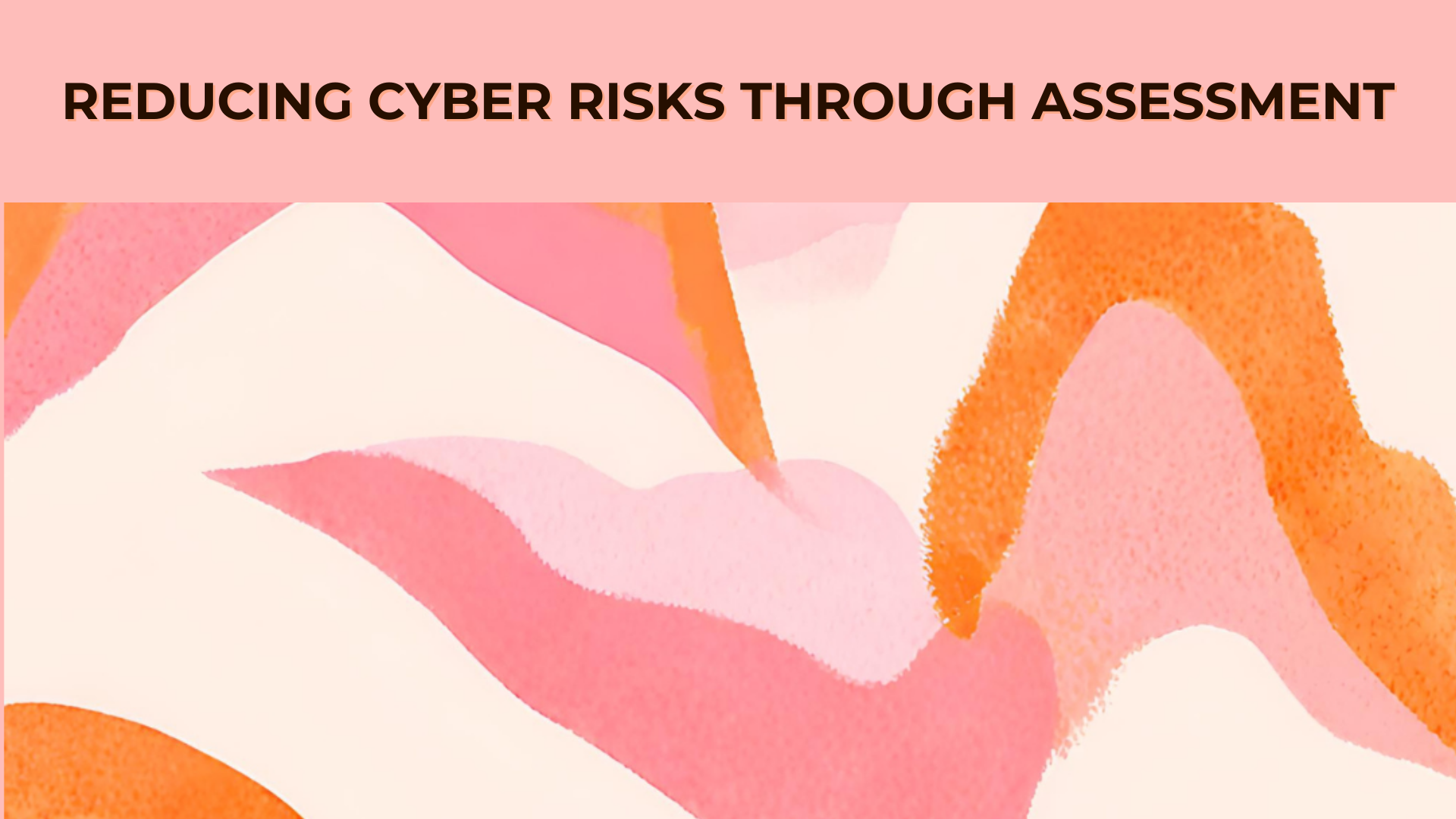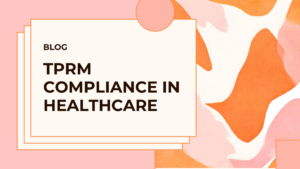The last thing you want is to be found guilty of wilful negligence, and/or systemic non-compliance of the HIPAA Security Rule during an audit by the Office for Civil Rights (OCR). You must maintain documentation of HIPAA Security Rule policies and procedures, and then carry out vulnerability assessment throughout your organization for risk analysis. Understand that this vulnerability assessment should cover all servers to which your organizational networks are connected; access to private or public networks and network-accessible resources; classification of all databases which the organization uses; and scan source codes.
What Is Vulnerability Assessment (VA)?
Vulnerability assessment is a systematic review of security weaknesses in an information system, such as in computers, hardware, software, commonly used apps, whether they are stored onsite, or in the cloud.Avoid Becoming an Easy Target for Malicious Activity
It is vital for every organization, not just covered entities, to evaluate vulnerabilities. You so not want to expose your patients’ electronic health records (EHRs). Many of these vulnerabilities exist partly due to ignorance of IT security norms, and malicious activities of hostile actors. Therefore, it is vital that you regularly evaluate the system for susceptibility to known vulnerabilities, assign severity levels to them, and recommend remediation or mitigation if, and whenever, needed. Examples of threats that can be prevented by vulnerability assessment include:- SQL injection which might expose customer lists; cross site scripting (XSS) when a malicious script is injected directly into a vulnerable web application; and other code injection attacks;
- Escalation of privileges due to faulty authentication mechanisms, and absence of audit controls;
- Insecure default logins, software that ships with insecure settings, such as a guessable admin password.
Understand Why Vulnerability Assessments Are Important
A major reason why VAs are so important for your organization is that they allow security teams to apply a consistent, comprehensive, and clear approach to identify, and resolve security threat and risks. Among the many benefits that vulnerability assessments provide organizations are early and consistent identification of threats and weaknesses in IT security to take appropriate remediation action to close any gaps, and protect sensitive systems and information. Further, organizations are able to meet cybersecurity compliance and regulatory needs for areas like HIPAA and PCI DSS when they carry out regular VAs.Protect Against Data Breaches, and Other Unauthorized Access
Regular vulnerability assessments facilitate course correction as maintenance and patching alone may not address misconfigurations and policy non-compliance vulnerabilities. For course correction, your IT security team should prioritize vulnerabilities, and concentrate on the areas that could cause the most damage to your organization. After a breach, you might integrate vulnerability scanning into your security incident event management (SIEM) for the best results. Such scanning is performed through automated vulnerability scanning software, which is a tool used to identify potential flaws in your networks apps, containers systems data, hardware. You never know which software updates introduce a new vulnerability. Vulnerability assessments and scans should be performed regularly. Of all the tools that can help with vulnerability assessment, the most vital part is the vulnerability scanning tool.VA Is Necessary to Ensure Compliance with Rules That Protect the Privacy and Security of PHI
Once the scans are completed, the tool will report on all the issues discovered, and suggest actions to remove threats. This tool should be able to carry out various types of scans, such as:- Credentialed and non-credentialed scans
- External vulnerability scans
- Internal vulnerability scans
- Environmental scans.
- Frequent updates
- Quality and quantity of vulnerabilities, including minimizing, or elimination of false positives and false negatives
- Actionability of results
- Integrations with other vulnerability management and IT security tool




